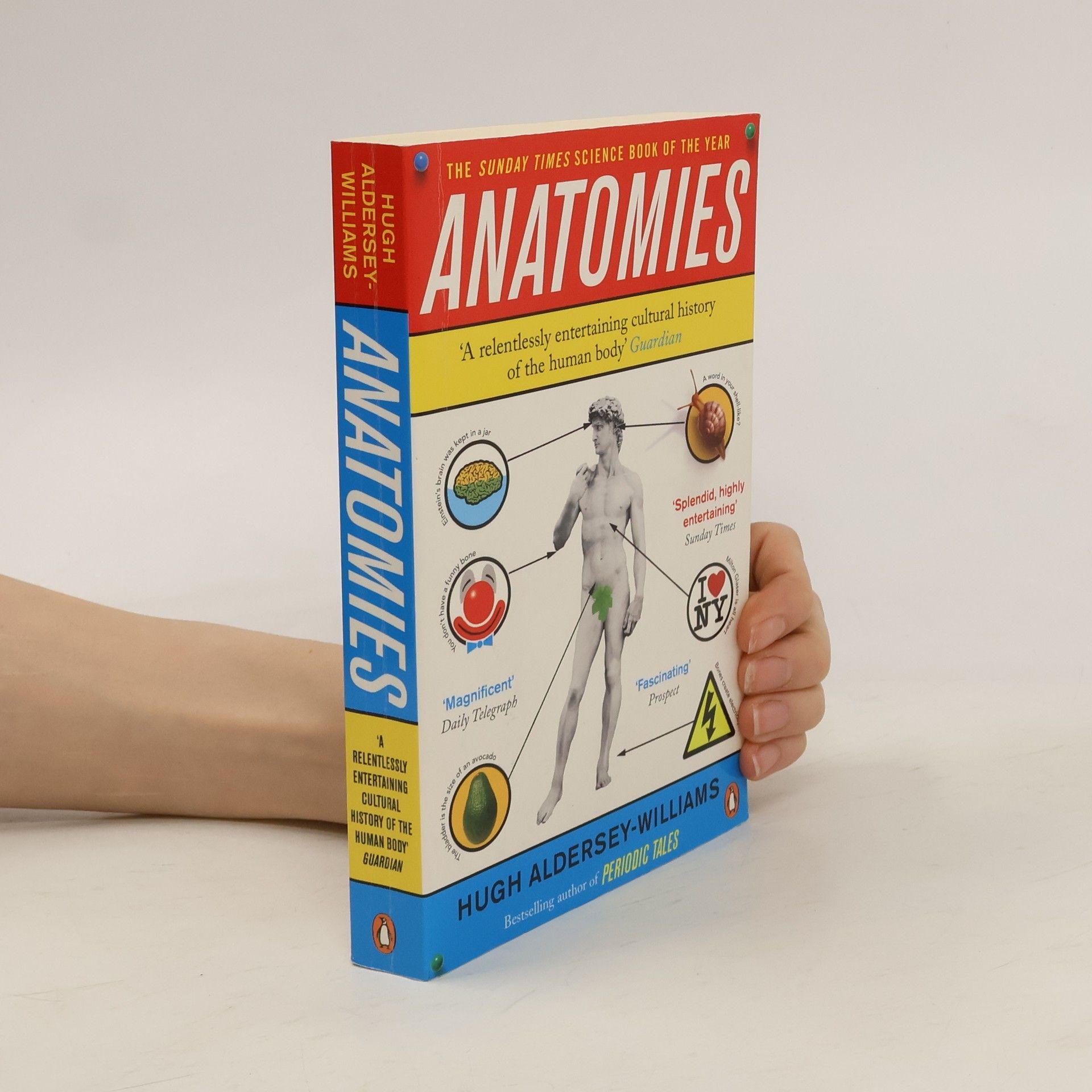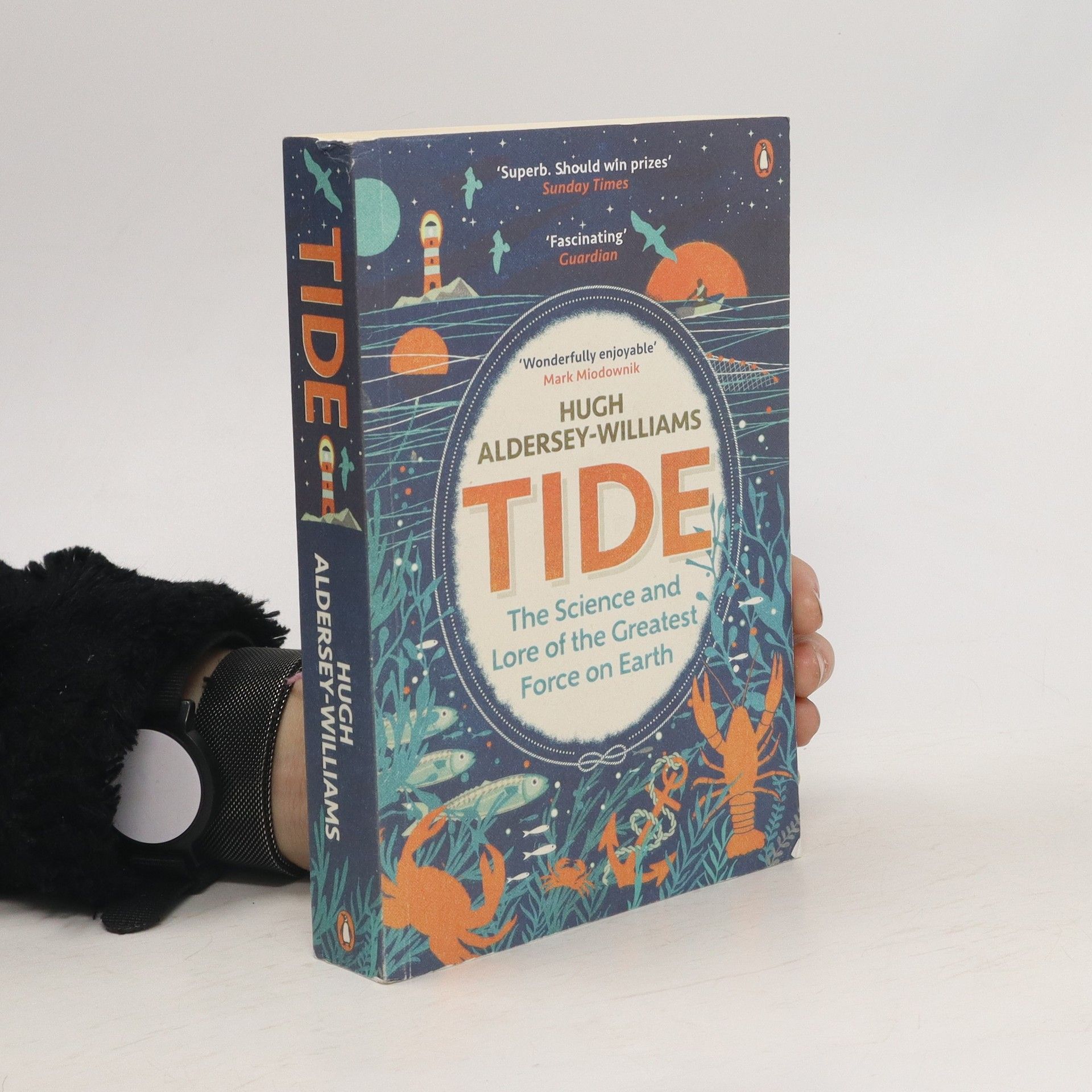Die Wellen des Lichts
Christiaan Huygens und die Erfindung der modernen Naturwissenschaft
Die Wiederentdeckung eines vergessenen Genies: Wie der Niederländer Christian Huygens die Grundlagen der modernen Naturwissenschaft legte Das 17. Jahrhundert war das Goldene Zeitalter für die Niederlande. Es zog Künstler und Geschäftsleute ebenso an wie Gelehrte und Naturforscher. Im Zentrum dieser intellektuellen Blüte stand ein Mann, dessen Schaffen sämtliche Zeitgenossen in den Schatten stellte – und der doch in Vergessenheit geraten ist: Christiaan Huygens, Erfinder von Teleskopen und der mechanischen Uhr, Entdecker des Saturnrings, Vater der Wellentheorie des Lichts, Bekannter von Descartes, Newton und Spinoza, Lehrer von Leibniz und Erbe einer in ganz Europa bestens vernetzten Dynastie. Hugh Aldersey-Williams zeichnet ein schillerndes Porträt eines außerordentlichen Mannes und einer bewegten Epoche, ohne die die Welt heute eine andere wäre. Eine packende Geschichte über die vergessenen Wurzeln der modernen Naturwissenschaft.



